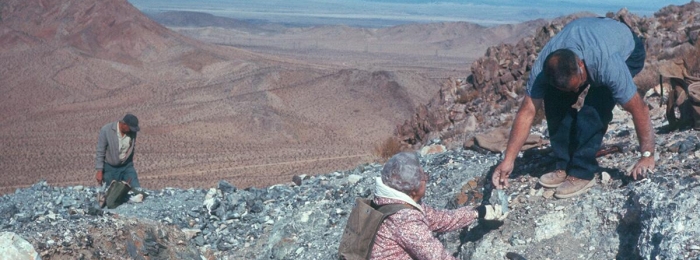Things of Interest
The latest Information on the Chuckwalla National Monument
Chuckwalla National Monument
And Recreational Rockhounding
And Recreational Rockhounding
On May 1, 2025 a lawsuit challenging the constitutionality of the Biden administration’s creation of the 624,000-acre Chuckwalla National Monument in January was filed in the United States District Court for the Eastern District of Michigan stating that the Monument was created in violation of the Antiquities Act of 1907. To read the text of the complaint, click here. More Information is available on the ALAA Website on the California Page.
For now there has been no change in the availability to Collect Non Renewable Natural Resources (Rocks, Gems and Minerals, Fossils) in the Monument. The Hauser Geode Beds and the other Geode Beds in the Wiley Wells District are open and the MOU is in place and active.
Any of the other Collecting Areas in the Monument are still open for Recreation Rockhounding.
Any of the other Collecting Areas in the Monument are still open for Recreation Rockhounding.
You should check with the BLM office in Palm Springs if you have any concerns.
https://www.blm.gov/office/palm-springs-south-coast-field-office.
https://www.blm.gov/office/palm-springs-south-coast-field-office.
CFMS Show Antelope Valley Fairgrounds in May 10-11, 2025......
Hours: Saturday 9 AM – 5 PM, Sunday 9 AM – 4 PM
Admission and Parking are Free. .
Admission and Parking are Free. .
Sponcered by the AVGMC
California State Prehistoric Artifact - The Chipped Stone Bear
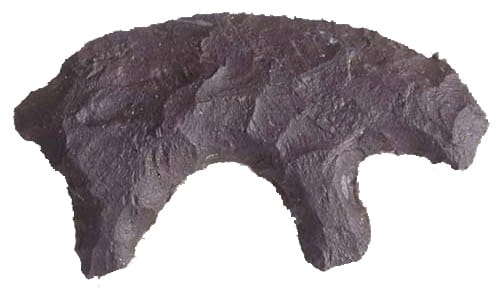
Perhaps the most unusual state symbol is the state prehistoric artifact, the chipped stone bear. Discovered at an archaeological dig site in San Diego County in 1985, this small stone object measures about 2 1/2 by 1 1/2 inches and resembles a walking bear. Fashioned from volcanic rock by one of California’s earliest inhabitants some 7-8,000 years ago, the stone artifact is thought to have been made for religious use. The Legislature named the chipped stone bear a state symbol in 1991 making California the first state to designate an official State Prehistoric Artifact.
California State Fossill - The saber-toothed cat (Smilodon californicus)
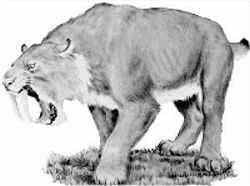
The saber-toothed cat (Smilodon californicus) was adopted by the Legislature as the official State Fossil in 1973. Fossil evidence indicates that this member of the cat family with 8-inch upper canine teeth was somewhat shorter than a modern lion, but weighed more. This meat-eater was very common in California during the late Pleistocene epoch that ended about 11,000 to 10,000 years ago. Fossil bones of Smilodon californicus have been found in abundance preserved in the tar pits of Rancho La Brea in Los Angeles.
Photo credit: California State Archives.
California State Dinasaur - Augustynolophus morrisi
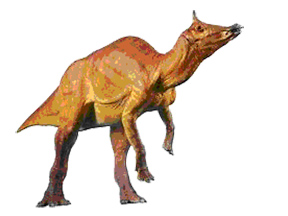
Discovery:
After being buried for 66 million years, the fossils of two individuals were found by a team from the California Institute of Technology. The first was found in Fresno County in 1939, near the geographical center of California. A second one was found in nearby San Benito County in 1941.
When the fossils were first uncovered, scientists classified them as Saurolophus, a type of hadrosaur first discovered in 1912. It was many years later that a team including NHMLA’s Dinosaur Institute Director Luis Chiappe decided that this dinosaur was unique — not just a new species, but a whole new genus as well. It was reclassified and given its new name: Augustynolophus morrisi, honoring two notable Californians: Dr. William J. Morris and Mrs. Gretchen Augustyn.
When the fossils were first uncovered, scientists classified them as Saurolophus, a type of hadrosaur first discovered in 1912. It was many years later that a team including NHMLA’s Dinosaur Institute Director Luis Chiappe decided that this dinosaur was unique — not just a new species, but a whole new genus as well. It was reclassified and given its new name: Augustynolophus morrisi, honoring two notable Californians: Dr. William J. Morris and Mrs. Gretchen Augustyn.
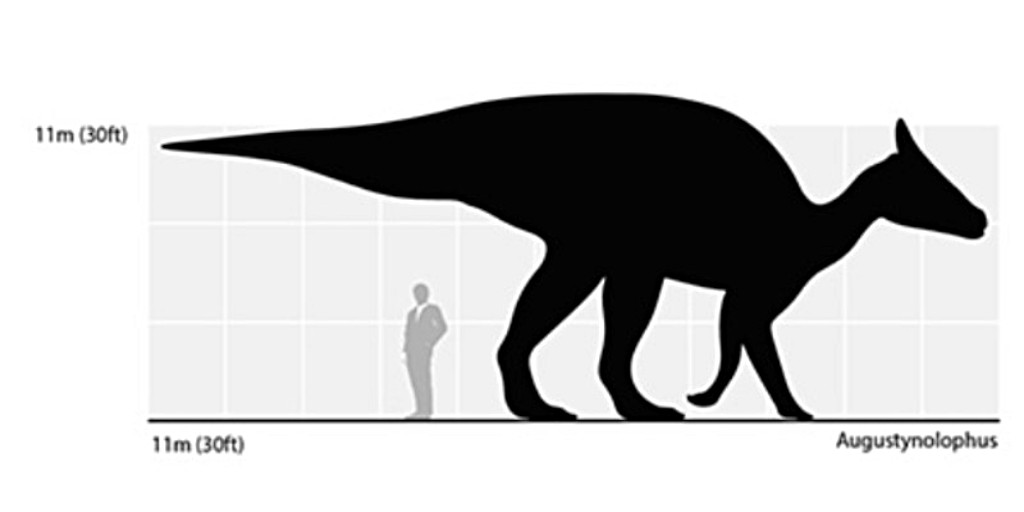
The Augustynolophus Morrisi's fossils were found in the San Joaquin Valley and Southern California. It is the one dinosaur whose bones were found only in the state and its incomplete fossil is in Natural History Museum of Los Angeles County.
This duck-billed hadrosaur is the official California state dinosaur. Its name is Augustynolophus morrisi (au-gus-tine-o-LOAF-us MORE-iss-ee), and it has some impressive California credentials. This dinosaur is only found in California, and it’s also the most complete dinosaur (of any species) ever found in the state.
This duck-billed hadrosaur is the official California state dinosaur. Its name is Augustynolophus morrisi (au-gus-tine-o-LOAF-us MORE-iss-ee), and it has some impressive California credentials. This dinosaur is only found in California, and it’s also the most complete dinosaur (of any species) ever found in the state.
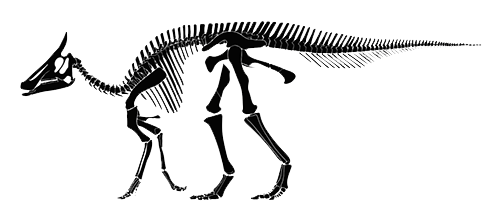
Fossil remains of the dinosaur, which lived 66 million years ago, were discovered between 1939 and 1940 in Fresno County by William J. Morris and Gretchen Augustyn, for whom the species is named. According to the bill, scientists originally mistook the the dinosaur for a member of an already-known genus—Saurolophus—but a later study determined it to be a separate species. Two specimens are held in the Dinosaur Hall of the Natural History Museum of Los Angeles, where busloads of visitors come see it every day.
The duck-billed creature joins several dozen other official California things including the official California Mineral (Gold), official California gemstone (Benitoite), the official California Rock (Serpentine), and the official California Bird (Quail).
California State Symbols
